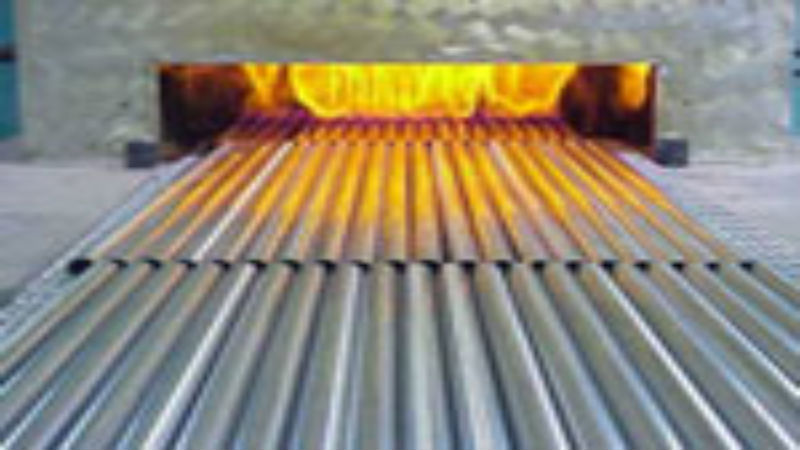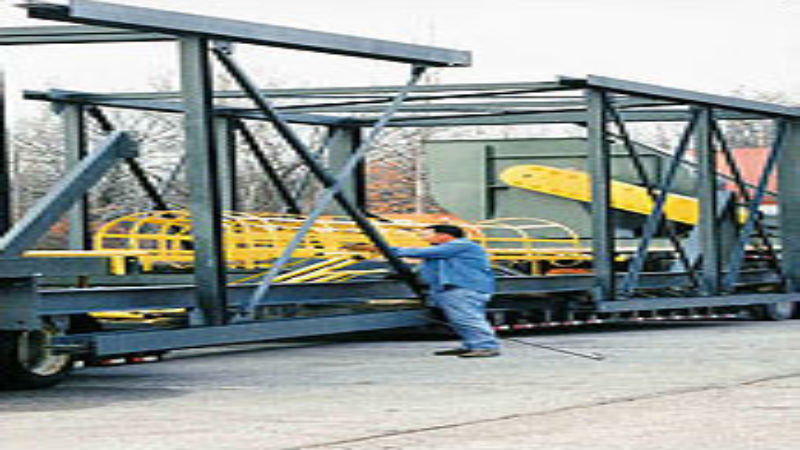In the world of manufacturing, soldering and metal brazing have been rivals for some time now. Both processes may be similar, yet brazing is a more reserved fusion method.
In the past, soldering was the choice for the more high-tech, glamourous applications, such as the production of printed circuit boards. Brazing was used for more industrial applications, such as the assembly of automobile radiators. However, with the rise of innovative techniques and emerging technology, manufacturers have warmed up to the process of metal brazing.
Joining Benefits
There are large number of advantages to metal brazing as a joining process. For example, a joint that has been brazed offers equal or greater strength of the base metal. Such joints are not only ductile, but also able to withstand a considerable amount of vibration and shock.
Relatively low temperatures are used in brazing. This limits the possibility of melting, overheating and warping. It allows simple disassembly and easy fit without any extra components such as washers, O-rings or nuts.
Another major advantage to brazing is the high adaptability to automated techniques and flexibility. You can choose to braze parts with a hand torch, or fixture for fully or semi-automated assembly.
A Rise in Popularity
Today, metal brazing has become almost as popular as welding or soldering. Perhaps the primary reason for the rise in popularity is the fact that this joining method eliminated heat, fumes and post cleaning.
Manufacturers all around the world are embracing metal brazing techniques, which provides a pivotal advantage over other methods such as adhesives, welding and soldering. It is a cost-effective practice that is appropriate to mass production. In addition, brazing does not melt base metals as with welding. Therefore, the dimensions are capable of being closely controlled and divergent alloys can be joined.
Specialized Applications
Inspired by the rising prices of energy, researchers are increasing efforts to create economical fuel cells that can be mass-produced easily. Since there are an abundance of metal and ceramic components that need to hold up to high temperatures, fuel cells offer boundless prospects and trials for brazing technology.
Metal brazing is amply stronger than soldering and it is perfect for joining materials that are dissimilar. It is a multipurpose method that yields a strong, permanent joint that will not leak. Brazing can be used in a wide variety of products, including automotive parts, radiators, light bulbs, industrial valves, turbines and much more.







